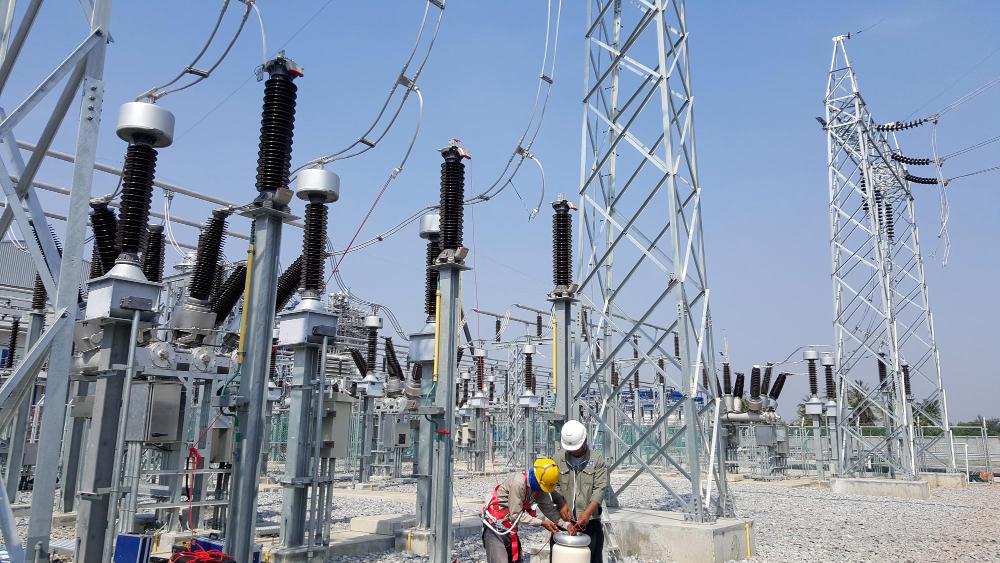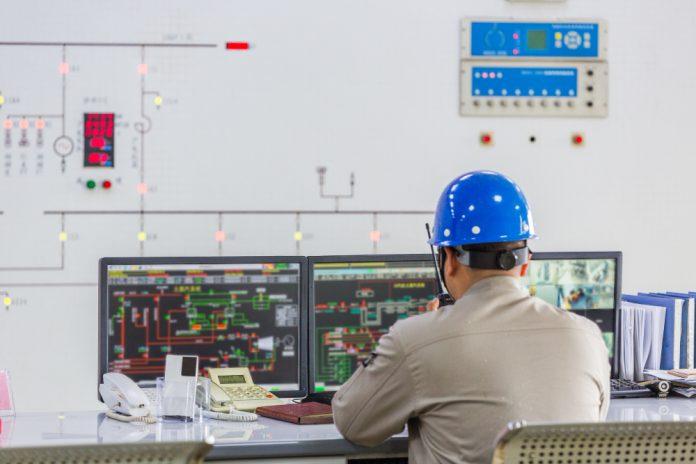As cities worldwide become increasingly reliant on electricity, it’s increasingly important to understand power system stability. After all, reliable electrification is key for customers: they must know that their lights will stay on, regardless of outside forces or load imbalances. In this blog post, we’ll discuss 6 ways to maintain the power system stabilisation, how engineers ensure it is maintained throughout a network of different components, and the challenges of ensuring consistent electrical access. So, let’s dive into it!
What is Power System Stability and Why is it Important
When we think about power systems, it’s easy to focus on the energy production side and forget the equally important issue of power system stability.
Put simply, power system stability refers to the ability of a network to maintain a constant voltage and frequency even under times of stress or disturbance. Power system stability becomes increasingly important as we rely more on renewable energies and distributed generation to power our homes and businesses.
Without stable systems in place, we risk blackouts, brownouts, and other problems that can hugely damage our economy and way of life.
Investing in power system stability ensures reliable energy for ourselves and future generations and safeguards against potentially catastrophic outages.
Factors Affecting Power System Stability
The stability of a power system is crucial to ensure its proper functioning and reliability. Many factors can influence the stability of a power system, including the type and capacity of generators, load demand, and the complexity of the electrical network. The ability of a power system to maintain a steady state when subjected to disturbances is a vital measure of its stability.
However, its stability may be compromised when the system experiences disturbances, such as sudden load changes or generation disruptions.
Understanding the factors affecting power system stability is important in maintaining a reliable and efficient power supply for homes, industries, and businesses.
How to Maintain Reliable Electrification
Reliable electrification is essential for our daily lives. Whether it’s powering our smartphones, lighting up our homes, or running vital medical equipment in hospitals, electricity is a crucial aspect of modern living.
However, maintaining a consistent flow of electricity can be a challenge. One way to ensure reliable electrification is to perform regular maintenance. Ensuring electrical components are properly installed, preventing wear and tear, and quickly addressing any repairs will help keep your electrical systems functioning at their best.
Additionally, investing in quality electrical components and following the manufacturer’s guidelines for their use and maintenance will help prolong their lifespan.
Finally, a proactive approach to electrical maintenance can help ensure a more reliable and efficient electrical system.

Monitoring Systems for Power System Stability
Power system stability is crucial for the reliability and efficiency of power delivery. Monitoring systems play a critical role in maintaining the stability of the power grid. One such system is symmetrical three-phase voltages and current analysis courses. These courses analyse the electrical network’s voltage and current waveforms and identify potential stability issues before they become major problems. By monitoring the system in real-time, power grid operators can take corrective action to avoid power outages and prevent damage to the equipment.
These monitoring systems are a reliable and effective way to ensure the stability of power systems, minimising the risk of interruptions and keeping the lights on for everyone.
Preventive Maintenance Strategies for Power Systems
Maintenance is an essential aspect of any power system. Preventive maintenance strategies ensure that the system operates efficiently and effectively, minimising downtimes and saving costs in the long run. These strategies involve regular inspections and tests on the system to identify potential problems before they occur. Prioritising maintenance activities, such as cleaning and lubricating components, can help increase the lifespan of the equipment.
Therefore, it is crucial to have a well-planned preventive maintenance program in place as it can help identify issues early on, reducing the risk of unplanned outages and improving system reliability. Considering the benefits of preventative maintenance strategies, it is a vital investment for any power system.
The Benefits of Implementing a Proactive Maintenance Plan for Power Systems
Maintaining a reliable power system is essential for businesses and homes, but many need to pay more attention to the importance of a proactive maintenance plan. A proactive plan can address potential issues before they become major problems, resulting in less downtime and cost savings in the long run. Proactive maintenance also allows for more efficient energy usage, lowering carbon footprint and utility bills.
Furthermore, a well-maintained power system can provide peace of mind, knowing it operates at peak performance and minimises the risk of unexpected outages.
In today’s fast-paced world, the benefits of implementing a proactive maintenance plan are clear, making it a wise investment for any organisation or individual.

Conclusion
So, here you have it! Power system stability is an absolute necessity for reliable electrification. Considering the importance of maintaining the stability of the power system, industries should continue to invest in research to understand better how to maintain and monitor their operations successfully. By adhering to these 6 best practices, engineers can be more reassured that their electrification processes are running smoothly with consistent performance at all times.
